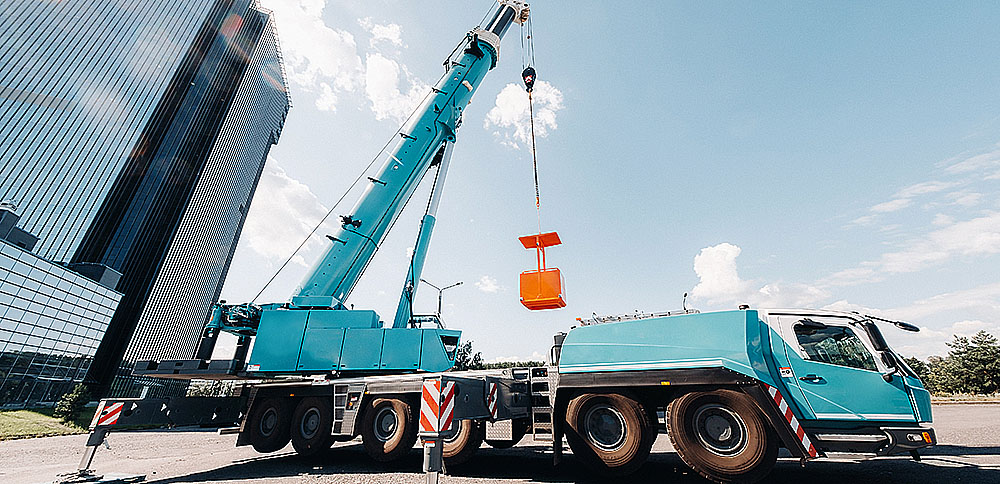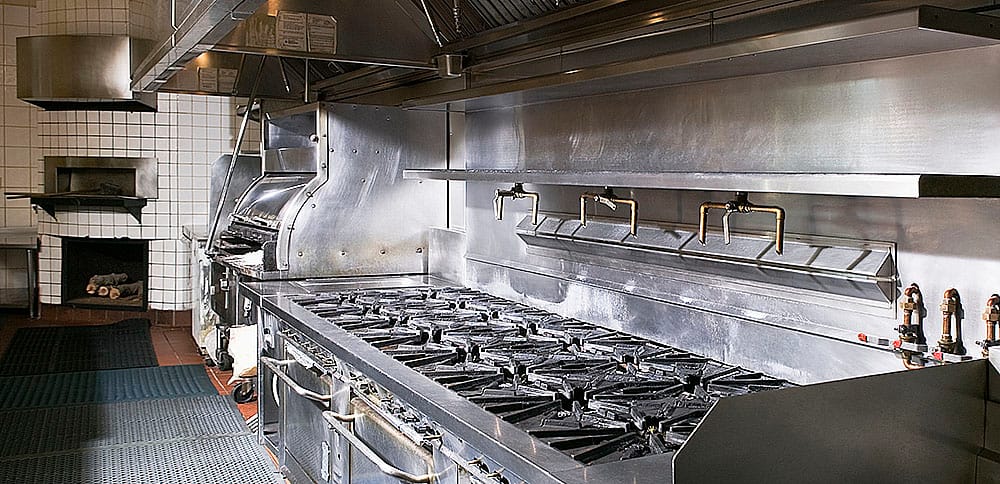Every year thousands of accidents take place in the construction world. May it be negligence or taking risks, one should avoid serious consequences at all costs to keep everyone and everything safe and secure. That said, rigging is an important part of the construction industry for which you should work with rigging services. It requires workers using rigging equipment to lift and shit heavy loads. Since there is a high probability of mistakes, here is a list of rules of rigging to ensure everything works out smoothly.
Choose Competent, Qualified, And Certified Team Members
This is the first and the most important step when it comes to ensuring safe and smooth rigging. Choosing competent, qualified, and certified team members is a must if you want the tasks to be completed on time with minimum risks involved.
Keep in mind that there are a lot of things to keep an eye out for during the rigging process. From the shingles to the lifting and shifting of the heavy loads, everyone needs to be attentive and aware of what can happen next. Plus, the team should also be experienced enough to handle unexpected scenarios.
Furthermore, depending on the state, you may be required by the local authorities to only choose certified and licensed individuals. This is done to ensure employers do not hire amateurs and put everyone’s life at risk. So, as long as you are showing this rule some respect, you should be safe and sound.
Inspect Your Rigging Hardware
As you already know, rigging hardware is designed to deal with extremely heavy loads on a daily basis. As a result, the hardware is supposed to wear and tear. The machines could develop cracks, damages, and leakages. This is why it is important to inspect the rigging hardware before operation.
Then again, some states have strict rules & regulations that require the operators to inspect the rigging hardware each time they are about to use the equipment. This allows them to spot any signs & symptoms that point to a problem.
You should not underestimate the fact that rigging accidents can take place within a split second. The minor crack you thought would not be a problem could cause severe damage to the surroundings. Therefore, checking the shackles, swivel hoist rings, and other components is an important task.
Inspect Your Lifting Slings
The inspection of lifting slings is an essential part of the ASME B30.9, which is standard applicable to the attachment, fabrication, use, inspection, and maintenance of the slings for load-handling purposes. There is a variety of slings this standard applies to such as synthetic web slings, metal mesh slings, alloy chain slings, etc.
The standard requires each type of sling to be properly inspected before use for damage and irregularities. This will help prevent costly downtime, improve productivity, and keep everyone safe around the job site. Routine inspections aim to keep the rigging equipment running and workers safe.
Select Rigging Gear Based On Rating And Working Load Limit
You might have observed that rigging tasks require different types of rigging equipment. This is primarily because each type is designed for carrying out different types of tasks. Every rigging equipment can handle a specific amount of load at a time.
That said, the working load limit is the maximum amount of weight or force that a product is allowed to support. If the number is neglected, the operator runs a high risk of accidents. So, when it comes to performing a rigging task, it is important to calculate the working load limit by including turnbuckles, shackles, and other components.
This is important to match the working load limit of the components with the requirements of the job. Similarly, rent cranes from crane services VA that match the job requirement.
Determine The Proper Sling Type And Sling Hitch
Choosing the proper sling type and sling hitch is the responsibility of the rigger. The purpose is to have proper support and connection to the load. If the sling type and hitch are not the right type, they might not be able to handle the load, which could lead to an accident during the process.
There are four different types of slings including vertical hitch, choker hitch, double-wrap choker hitch, and basket hitch. These types are designed to handle different types and weights of loads. An experienced rigger knows what type of hitch will go with the task at hand.
Picking the wrong match can easily compromise the lifting and shifting process.
Ensuring The Load Is Structurally Sound And Free Of Obstructions
Construction areas are very busy and can easily become full of obstructions. This could cause the rigging equipment to face certain limitations and risks that arise as a result. At the same time, it is also the responsibility of the rigger to ensure the load is structurally sound.
What this means is that the attachments are secure and the load is properly balanced. If it is leaning to one side, moving the load can be a risky task. Moreover, any obstructions or obstacles in the way of rigging equipment should be cleared before the weight is loaded and shifted.
If there are any hazards identified, the concerned team should work together to eliminate the hazard before it causes serious damage.
Know The Proximity
Knowing the proximity is extremely important while the load is being lifted and shifted. As long as the load is in the air, everyone is in danger. This is why the team should stand at a distance while the rigging equipment is working.
As a general rule of principle, the team members should stand a few meters away from the equipment in case something goes wrong. Once the lift is in the load, the team members should radio each other to ensure everyone is out of harm’s way.
Use Sling Protection On All Types Of Slings
Sling protection is a must to prevent cutting or damage. Failure of any sling from abrasion or cutting is preventable. You can use guards, corner pads, and sleeves to protect the slings from abrasion and cutting. It is important to protect the slings from protrusions, corners, rough surfaces, etc.
Some companies or employers tend to ignore this factor only to compromise the health and strength of the slings. Slings can snap without any warning and every life on the ground can come under serious threat as the load falls to the ground.
That said, protecting the slings to keep them running smoothly for as long as possible is key.
Account For Environmental Conditions
Considering external factors such as weather conditions is yet another important rule to follow when lifting and shifting. Thunderstorms and strong winds can imbalance loads. This is why companies are required to check the weather forecast to make sure the sky is clear.
The last thing you would want is the heavy loads in mid-air while strong winds are blowing across. So, it is better to wait and let the storm pass than to hurry up the process and be left stranded in the middle.
Conclusion
Rules of rigging are fairly easy to follow and are solely meant for safety and protection. Your team should have no problem implementing and following them as long as you are regularly inspecting and maintaining the rigging equipment. In the long run, it helps complete the tasks both effectively and efficiently without many risks involved. Again, make sure you get the services of rigging companies MD for your project.


